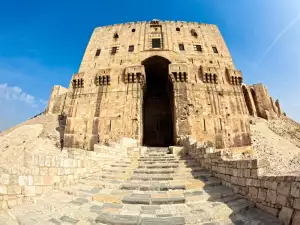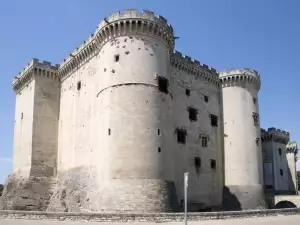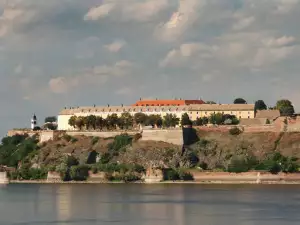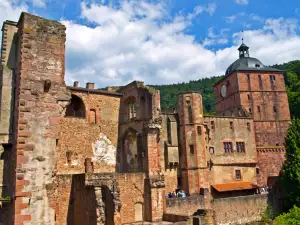Saladin Citadel of Cairo
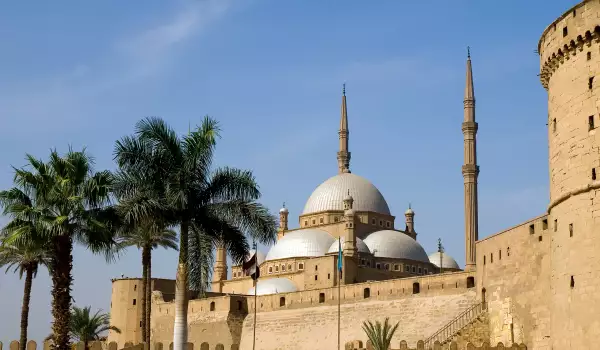
Saladin Citadel of Cairo is one of the most popular tourist attractions in Egypt. This impressive fortress is considered one of the wonders of the ancient world. No hill rises above Muqattan, which was once famous for its magnificent and extensive views over Cairo.
Perched on a steep spur, this heavily fortified bastion offers unparalleled views. Saladin Citadel is the work of military genius Sladina or Salah al-Din (Ayyubid ruler Salah al-Din), who is known for his fight against the Knights. Saladin wanted to erect massive bastion to protect his land from the employees of the cross.
The fort in Cairo was built in 12 century by Saladin and is emblematic of another period of great history in Egypt. Over the next 700 y. over Egypt stands Mugatan hill. Legend says that Saladin had chosen the site of the citadel because of the wind, which cools the air. Everywhere around the city meat spoils faster because of heat. Only on the hill of Saladin Citadel livestock products are kept for long.
For construction of the Citadel, Saladin used the most advanced weather technology. The walls are 10 meters high and 3 meters wide. The towers are rounded and curved to create the best chance for the defenders and for monitoring. Under the rule of the great malmuksk Sultan Al-Nasir Muhammad, were demolished many buildings of the Ayyubid, to build the complex to his desire, including several palaces, mosques and barracks for his army.
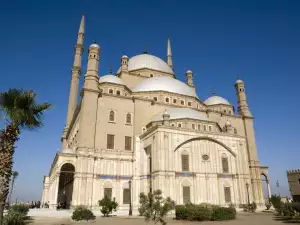
Bir Yusuf is the source that fed Saladin Citadel with water, but is currently closed to tourists. Most of the fortress built by Salah al-Din was destroyed in the invasion of Britain. Still under its control, towers were erected such as the powerful Burg al-Haddad and sand tower Burgar-Ramlab, which was three times greater. These towers guarded the narrow transition between the Citadel and the hill.
Today, almost nothing remains of the original fortress, with the exception of some of the firewalls. The centerpiece of the summit of the citadel of Saladin is given to the Mosque of Muhammad Ali. This mosque was built between 1828 and 1848 in memory of Tusun Pasha, the eldest son of Mohammed, who died in 1816. The mosque has two minarets, although the Ottoman law prohibits it. Behind this golden mosque, stands the elegant Mosque of al-Nasir Muhammad, which impresses with exquisite decorations and perfect proportions.
Today at Saladin Citadel, one can see many museums, ancient mosques and other structures, such as Al-Gawhara Palace, National military Museum, and Police Museum.




